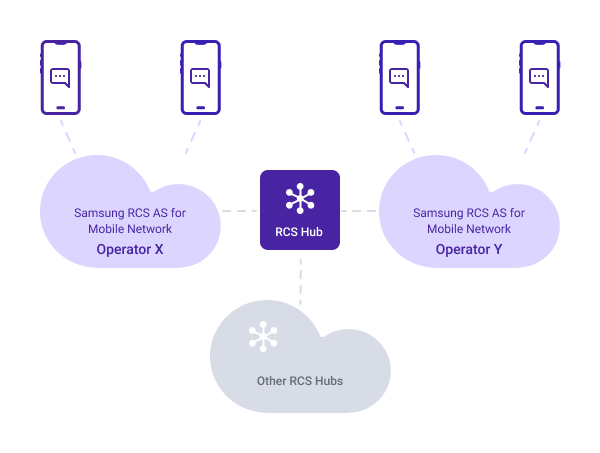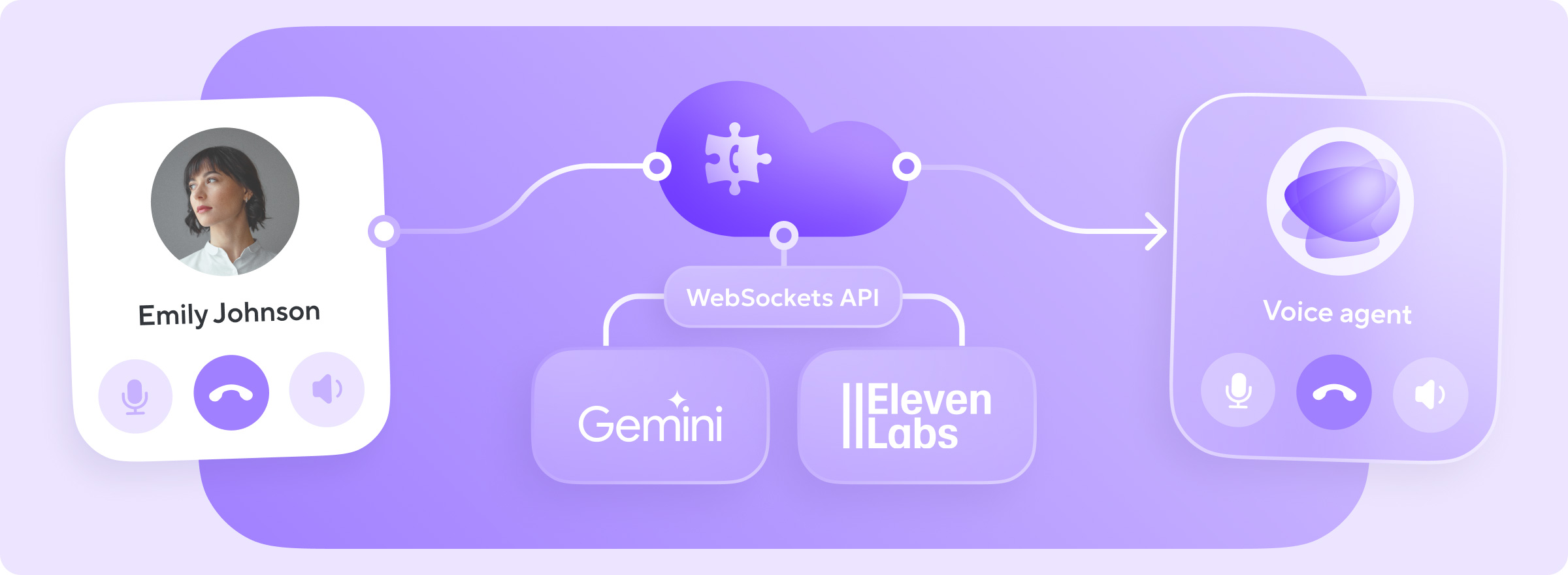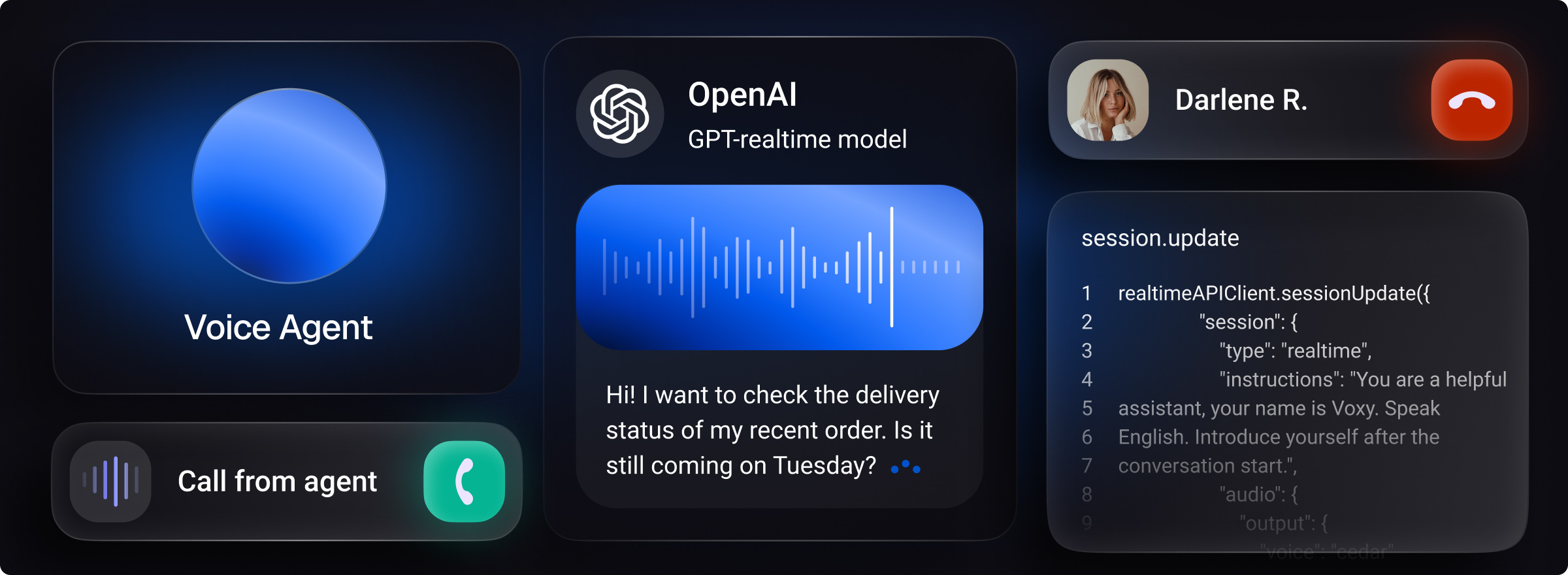Rich Communications Services, is a next-gen SMS protocol. RCS aims to improve the functionality of default SMS messaging experience. RCS allows users to create group chats, see read receipts, transfer media, emoji, and stickers.
On December 3, 1992, Neil Papworth sent the first SMS with the words ‘Merry Christmas’. In 2020, almost every individual and business communicate via text messaging. Five billion people send and receive SMS messages. This is about 65% of the world’s population.
Today, the SMS function is included in all mobile devices. The simplicity and convenience of SMS made it skyrocket. Smartphone users make and receive text messages five times more than they perform phone calls.
Businesses rely on SMS messages given customer preference for texting and its global reach as well. Customers are 300% more likely to respond to texts than calls. Compared to an email, SMS messages have much higher open rates – 98% vs. 20%.
All this made SMS messages best suited for conducting surveys, notifying customers, and promoting new products.
Moving to RCS

RCS, which stands for Rich Communications Services, is a next-gen SMS protocol. RCS aims to improve the functionality of default SMS messaging experience.
Compared to SMS, RCS has no character limit and provides more ways to engage users. RCS allows users to create group chats, see read receipts, transfer media, emoji, and stickers.
Formed by the GSMA in 2007, RCS has already replaced SMS and MMS. In late 2019, four major carriers – Verizon, AT&T, T-Mobile and Sprint – started to work together to bring the standard on their platforms. Besides, Google offers RCS chat for all Android users with its messaging app, Google Messages.
Chat Apps Boost Businesses
SMS messages are not alone at the top. The most popular messaging app is WhatsApp, with 2 billion active monthly users. WhatsApp competes with Facebook Messenger and other apps like iMessage, WeChat, and Android Messages. Messaging apps use features such as typing indicators, group chats, and image sharing to engage users.
The efficiency and popularity of messaging apps made businesses find new ways of engaging customers. To support users across all popular apps, developers have to manage APIs and tooling. Implementing and maintaining requires time and expenses. That’s why businesses turned to RCS.
How Does RCS Work?
As an updated SMS protocol, RCS makes communications as engaging as messaging apps where live chat can take place. RCS also offers users rich messaging features such as file sharing, the ability to add and remove members to/from group chats, and more.
However, there are a few things that differ from third-party messaging apps:
- Encryption. There is no end to end encryption in RCS as in WhatsApp. RCS messages are encrypted during transfer to your service provider – either Google or the carrier – and from the provider to the final endpoint. Google deletes messages once they are received, but attachments are stored until the second endpoint downloads them. This means that your service provider has access to RCS messages
- No multiple devices. As in the case of SMS, RCS messages are attached to your phone number. You can’t make or receive RCS messages on your computer or tablet unless you have paired a computer to your phone, as in the case of Android Messages for the web
- No centralized database. Facebook Messenger and iMessage address a database with user data to connect to endpoints. By contrast, RTC-enabled Google Messages sends a request to the recipient's app, asking if it supports the protocol. If it does, endpoints use RCS messaging. If it doesn’t, you go back to your usual SMS experience
- It's not available everywhere. Google drives the RCS rollout with its Google Messages. However, there are still incompatibilities with some carriers and countries that have not adopted the RCS protocol

Now, let’s figure out how RCS works with the Samsung RCS solution. Here are three components involved in RCS messaging hosted by Samsung:
- Samsung RCS AS is a standard-based messaging service that allows carriers to deploy their RCS solutions
- The Samsung RCS Hub facilitates the connection between carriers. This makes it possible to send messages from any RTC-supported devices to different RCS service providers
- Messaging devices or apps allow users to send and receive RCS messages. Nowadays, Android devices are equipped with RCS support
Are RCS Messages Secure?
RCS messaging uses the client to server encryption. Since there is no end to end encryption, the central server containing sensitive data is the single most valuable target for hackers. However, it turns out that Google Messages might add end to end encryption on RCS. End to end encryption will make RCS messaging more secure.
The protocol protects users from spam since every company that sends RCS messages has to go through the verification process. When you receive RCS messages from a company, you can see the company’s name or mobile phone number.
Which Carriers and Apps Supports RCS?
For the time being, 90 carriers from 60 countries support the RCS protocol. In the U.S., Sprint, Verizon, AT&T, T-Mobile, Google Fi, and some regional carriers also support RCS. You can see the full list of RCS carriers on the GSMA website. The most popular operating systems are Android, iOS, and Windows 10, which support RCS standards while using an app.
Apple competes with RCS via its iMessage that provides similar functionality. As you might guess, macOS does not support RCS. Since iMessage works on MacBooks as well, you won’t be able to make or receive RCS messages on your Apple’s laptop. However, Apple executives are considering whether to implement the RCS standard in their devices. In 2019, GSMA started to discuss this implementation.
If you are an Android user, you can always download Google’s default messaging app and enable RCS chat features. The latest Samsung devices also support the RCS protocol and Google Messages.
How important is RCS for Android?
Google with its partners competes with Apple’s convenience of messaging experience. In tandem with FaceTime, iMessage has already offered group chats, voice and video calls, media sharing and other functions.
To make RCS more widely available, Google took over Jibe Mobile, a service that offers carriers and phone manufacturers all RCS features in one package. Through Google, Jibe connects carrier traffic to a single RCS platform.
There is also Google’s Early Access Program that helps developers implement RCS messaging. RCS currently serves around 500 million users on phones from 20 international manufacturers.
What’s Next for RCS
There are many ways for the standard to be developed further. We've identified three areas:
- Wider coverage. Dozens of carriers have already adopted the standard. Others are expected to phase in the platform to stay competitive. In the US, AT&T and T-Mobile have already implemented RCS, but apps are limited to their networks. Since GSMA released the second version of the RCS Universal Profile, it has become easier for carriers to sign up
- Comprehensive support. Overall, Android and iOS command 98% of the global market share. If Apple eventually makes iMessage compatible with RCS, then the protocol will cover almost any device
- Less fragmentation. RCS has not been without problems due to a large number of RCS versions and standard complexity. These problems were eliminated when the Universal Profile became the main standard. This new business focus and the tendency for more carriers and manufacturers to adopt the Universal Profile has been conducive to a lower degree of RCS fragmentation





